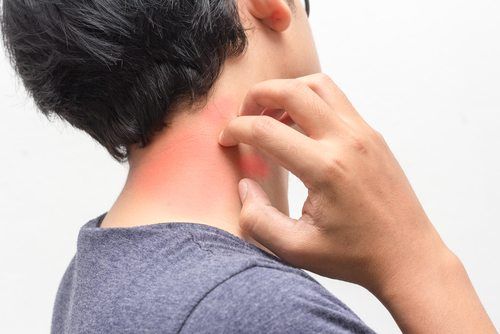Neck Pain and Hand Weakness

Cervical radiculopathy is a term that refers to any type of pain weakness discomfort, or a tingling that is caused by an irritation in the neck.
The human cervical spine consists of 7 vertebrae, each of which is separated from the other by gelatinous discs. These vertebrae are responsible for holding up the skull, and they also play a major part in helping the head and neck move properly. The levels of the cervical spine are successively numbered from C1 to C7. In between each vertebra, there are small openings. These openings are called foramina, and these are the spots where the nerves exit the spinal column.
As soon as the nerves are able to pass through the foramina, they are able to branch out, and they will provide sensation and motor control that will govern the movement and operation of the fingers, arms, and shoulders (basically, the upper limbs) on both sides of the body.
If the roots of the nerve get irritated or compressed, it is possible for you to experience weakness, pain, tingling, or numbness in the path of the nerves, thereby causing the affected part of the body to experience some discomfort.
Conditions that may lead to Radiculopathy
The major cause of cervical radiculopathy is a degenerated cervical disc. The vertebrae collapse and pressure is placed on the nerve roots that surround that area. Symptoms are sent along that nerve path, and it could lead to great discomfort in that general area.
Cervical radiculopathy can also be caused by cervical spinal stenosis if there is a degeneration of the facet joints at the back of your neck. This degeneration causes a nerve root to compress as it is made to pass through foramina.
Symptoms
When you have cervical radiculopathy, the symptoms that you’ll experience depend on the location that is affected. For instance, if the base of the neck, tricep, and middle finger are affected, it means that the irritation is occurring at the C7 level.
The symptoms can be further aggravated by the moving of your neck, as well as leaning or nodding your head.
Treatment
Whatever treatment will be administered has to be generic to the cause of the symptoms. Also, the level of treatment you’ll get will also depend on how much the symptoms are able to affect you on a day-to-day level.
However, the most common treatments include:
- Reducing activities that will need you to move suddenly
- Slow and controlled exercise regimens
- Cold and heat therapy
- Chiropractic manual manipulation


Recent Comments